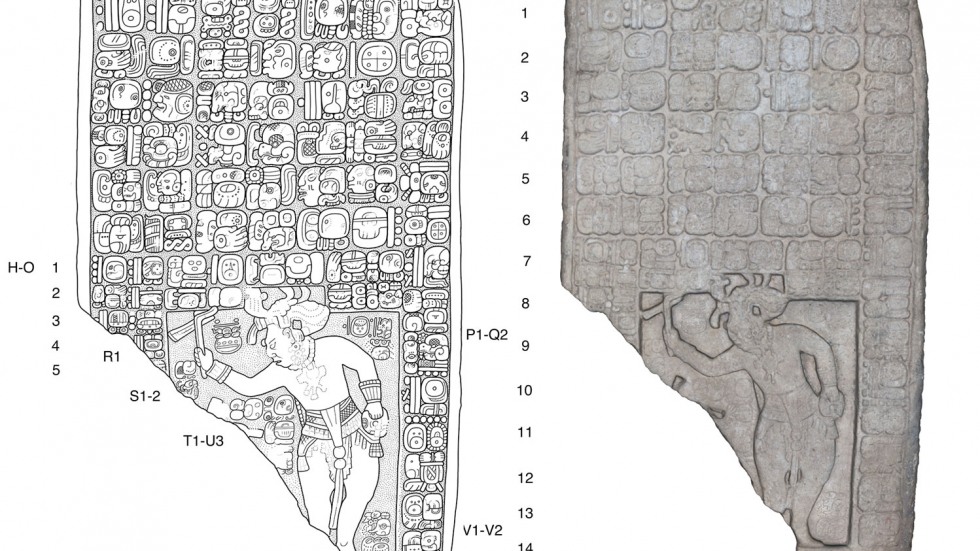Scherer said that in many ways, the ruins of Sak Tz’i’ are exactly what he had been expecting, based on the historical descriptions he has read. But there were a few unexpected surprises — including the city’s relatively small size and its heavy fortifications, both of which suggest that the capital was the site of longstanding warfare, tension and change. The researchers have hypothesized that the city is smaller than neighboring capitals because it was moved from an earlier location, and much of the populace did not follow.
“Why was Sak Tz'i' of such concern for its neighbors that its defeats were regularly celebrated in inscriptions from the region?” Scherer said. “One clue comes from remote sensing research: Sak Tz'i' is located within the Santo Domingo Valley of Chiapas, which affords one of the few easy routes of travel through the region... this area was likely a key route of travel.”
Golden, from Brandeis, said that finding Sak Tz'i' is a major advance in modern understanding of ancient Maya politics and culture. He likened it to trying to put together a map of medieval Europe from historical documents and reading about someplace called France.
Essentially, the research team has located France: “It's that big a piece of the puzzle,” Golden said.
Following their discovery, the researchers shared initial findings in the Journal of Field Archaeology. Now, Scherer said the team has begun taking aerial surveys of the ancient city to assess its size and scope using light detection and ranging (LiDAR) technology. They recently discovered large earthen platforms that could date as far back as 1,000 B.C, potential evidence of an even earlier settlement.
Scherer hopes that the team’s research helps shine a spotlight on a civilization whose society was just as sophisticated and influential as the ancient societies of the Mediterranean — and that it helps the region’s indigenous peoples forge ever more meaningful connections with their ancestors.
“Just as we celebrate the great feats of Rome or Greece, we should also acknowledge the many great accomplishments of the Maya and other indigenous peoples of the Americas,” he said. “Descendants of the Maya still live here in Lacanja Tzeltal, and in fact, Tzeltal is the variety of Mayan language that is spoken there. Every facet of our research is done with an eye toward collaboration with indigenous communities here.”



